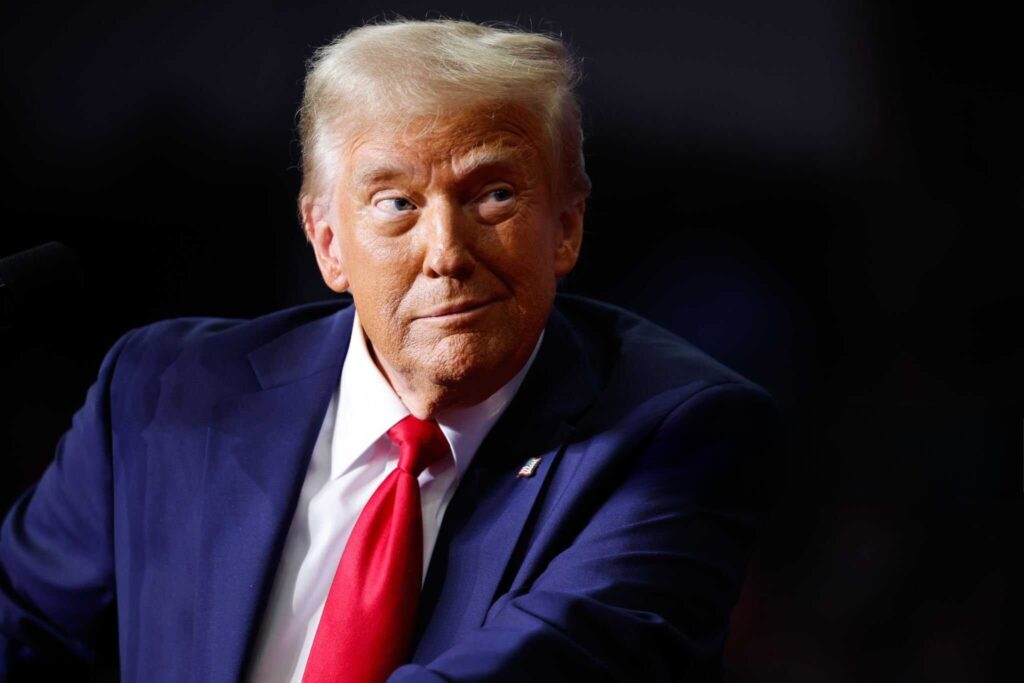US President Donald Trump confirmed plans to impose 25% tariffs on imports from Canada and Mexico starting February 1. He did not clarify if these tariffs would apply to oil imports from these neighboring countries.
Trump, speaking in the Oval Office, stated the tariffs aim to reduce undocumented migration, curb fentanyl smuggling, and address trade deficits. He emphasized that border security and economic balance remain top priorities of his administration.
Tariff Threats Also Extend to China
Trump hinted at imposing new tariffs on China, reiterating concerns over fentanyl entering the US. He accused China of causing “hundreds of thousands of deaths” and said tariffs would serve as a response to this crisis. While he had mentioned earlier that China could face a 10% tariff, he gave no further details.
During his election campaign, Trump had threatened tariffs of up to 60% on Chinese goods. However, after retaking office, he paused immediate action and instead ordered a review of trade issues. Since 2018, US imports from China have stagnated, which experts attribute partly to prior rounds of escalating tariffs during Trump’s first term.
China’s Vice Premier Ding Xuexiang recently called for a “win-win” solution to ease trade tensions. Addressing the World Economic Forum in Davos, Ding emphasized China’s desire to expand imports and avoid a renewed trade war.
Potential Tariff Fallout on Energy and Costs
Canada and Mexico announced that they would retaliate if the US enforces tariffs, while also working to address border concerns. They warned that any tariffs on oil imports could harm both economies.
Experts caution that taxing energy imports may backfire by raising costs for US consumers and businesses. The added expense could push up prices for goods such as petrol and groceries. Nearly 40% of the crude oil processed by US refineries is imported, with Canada supplying the majority.
Tariffs are designed to make foreign goods more expensive, encouraging consumers to buy domestic alternatives. However, higher import costs on crucial resources like oil risk undermining Trump’s pledge to lower the cost of living.
